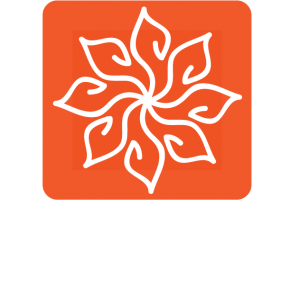Hormone Therapy
Many women experience hot flashes, vaginal dryness, and other physical changes as they reach menopause and beyond. For some women, the symptoms are mild and do not require any form of treatment. For others, symptoms are severe and interfere with daily activities. Fortunately, most symptoms last only a few years, but some women continue to have symptoms for several years after menopause. Lifestyle changes and nonprescription remedies are treatment options for these symptoms, but these may or may not be effective – especially when symptoms are moderate to severe. Prescription hormone therapy (HT) containing estrogen may then be considered. Estrogen is the only treatment that is well-tested and government-approved for relief of hot flashes and vaginal dryness.
Potential Benefits
In the past, HT was recommended for most women at menopause to relieve symptoms and to reduce risk of serious disease as they got older, including osteoporosis and heart disease. Many women stayed on HT for life. Newer research has resulted in a different practice. HT is no longer thought to be needed by all women and does not help reduce heart disease risk. Importantly, however, HT is an effective option for treating symptoms such as hot flashes and vaginal dryness and, in some cases, for use long-term to keep bones strong. Each woman is different – and must make a decision based on an individualized treatment plan.
Potential Risks
Just as with all prescription drugs, HT is associated with a number of potential risks. For example, one large study compared the effects of using a certain type of oral HT (Prempro) to women not using hormones. It found that HT increased the risk of blood clots (34 cases per 10,000 women per year when using HT versus 16 cases per 10,000 women per year when not using HT), stroke (29 versus 21 cases), and breast cancer (38 versus 30 cases), but decreased the risk of hip fracture (10 versus 15 cases). Although some experts disagree, the NAMS position is that all types of HT should be considered to have similar risks and benefits. A decision must then be made by each woman in consultation with her healthcare provider. Do her potential benefits from HT outweigh the potential risks? If the answer is yes, then the next step is to select the right HT therapy for her.
Selecting the Right HT
Prescription estrogen therapy (ET) – whether an oral tablet, skin patch, or skin gel – remains the most effective treatment for hot flashes. When this type of “systemic” (circulated through the body) ET is chosen, women with a uterus must also use another prescription hormone, progestogen, to protect the uterus. This combined estrogen-progestogen therapy is called EPT. If hot flash relief is the goal, systemic ET or EPT is an appropriate choice. ET (in oral tablet, skin patch, skin gel, or vaginal dosage form) is also the most effective treatment for moderate to severe vaginal dryness. Most of the vaginal forms of ET provide estrogen “locally” (not circulated through the body); in this case, progestogen may not be required. If vaginal symptoms are the only reason to consider hormone therapy, vaginal (local) ET is the most appropriate choice.
One way to lower potential risk with ET or EPT use is to lower exposure to hormones by starting with a low dose. Research has shown that “lower than standard” doses of estrogen are almost as effective for symptom relief as standard doses. HT, even at the lowest dose, should always be used for the shortest duration
possible.
Follow-Up Important
After beginning HT, close follow-up is important to be sure the treatment approach is working. It’s unusual to achieve optimal results in one visit. Also, a woman should eventually attempt to reduce or stop HT when appropriate for her, and always in consultation with her healthcare provider. If bothersome symptoms persist, HT may be resumed.
For the majority of women, a point will be reached when symptoms are gone for good. Other women may decide to continue long-term ET or EPT for other potential or perceived benefits. The decision should be re-visited regularly to re-assess the risk/benefit ratio for each individual.





